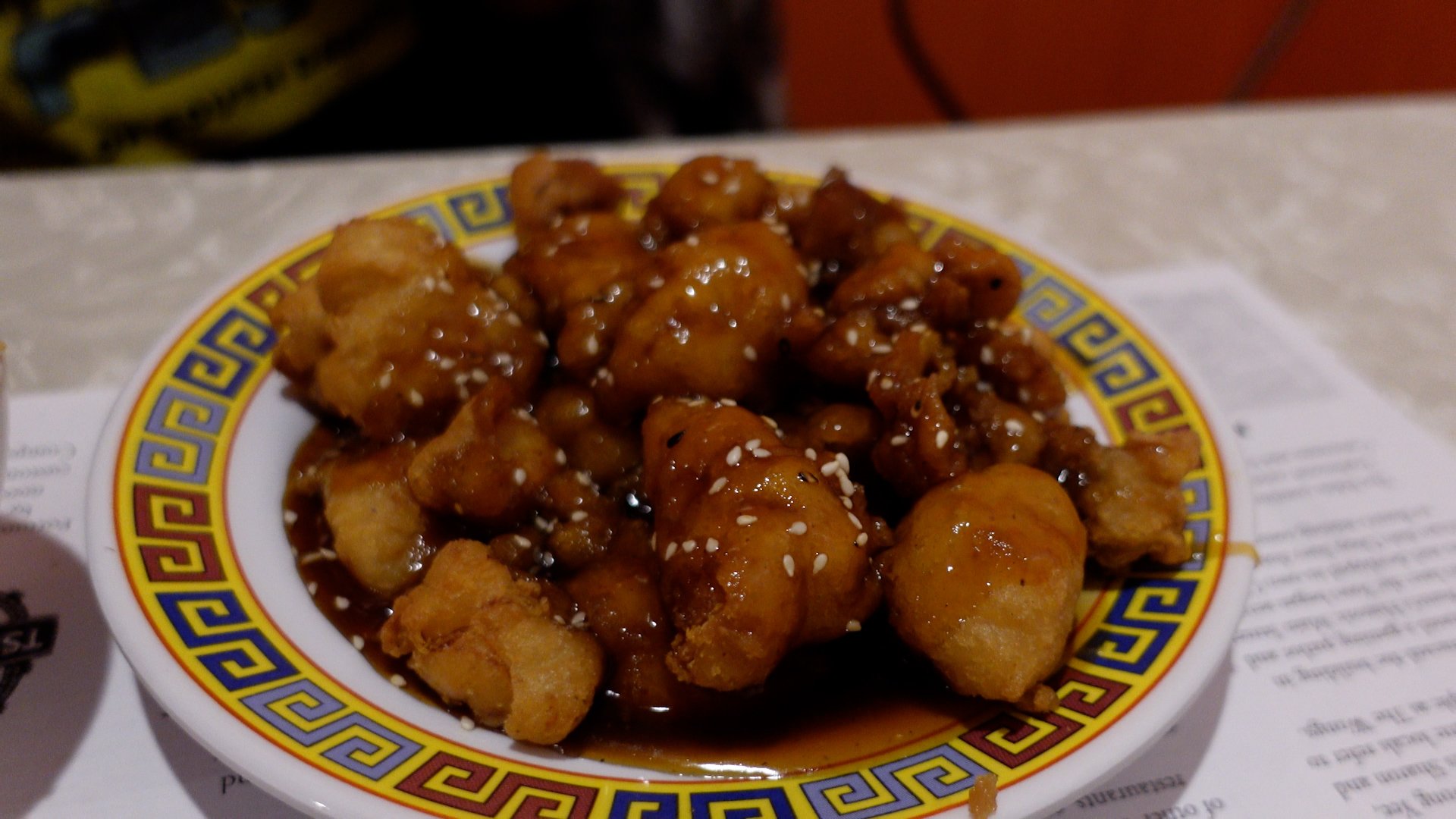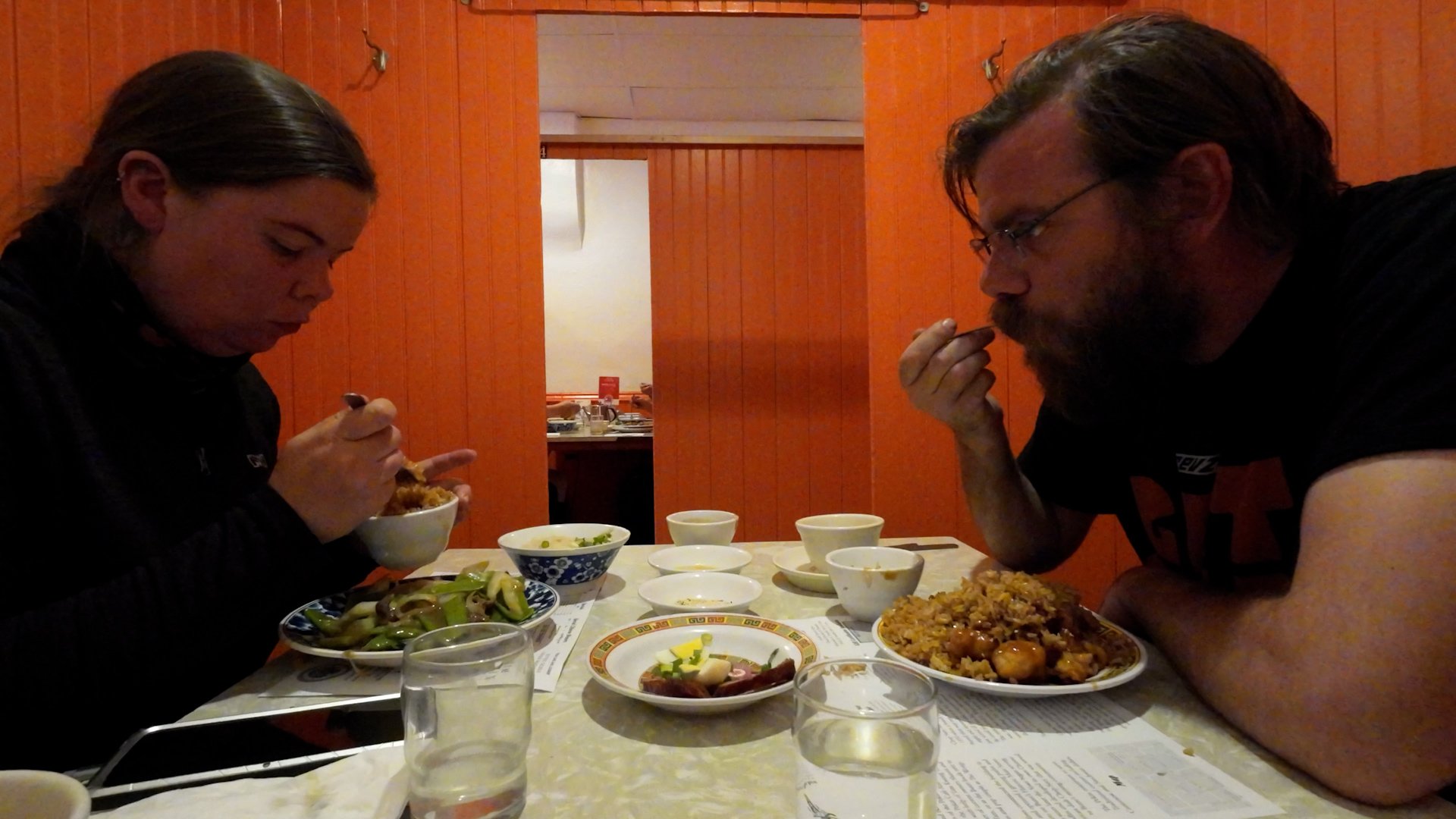HELENA
The Cathedral of St. Helena began construction in 1908 and was consecrated in 1924. Some published accounts say that the Cathedral is modeled after the Cathedral in Cologne, Germany, but actually architect A. O. Von Herbulis modeled the Cathedral of St. Helena after the Votivkirche in Vienna, Austria, which was under construction when he was a student in that city.
Reeder's Alley was built in the 1870s by a Pennsylvania brick and stone mason named Louis Reeder. It is the oldest intact piece of early Helena. It was originally known as Cutler Street in Last Chance Gulch and it began as a result of a gold discovery on July 14th 1864 by a group of men known as the Four Georgians. On October 30th of that year, the area was renamed Helena. Between 1972 and 1884 Louis Reeder built over 30 brick and stone one-room tenements with no indoor plumbing for miners. Unfortunately Reeder died when he fell off scaffolding while working in 1884 and Cutler Street was renamed to Reeder's Alley. Thanks to the masonry, these buildings survived the fires that plagued the early community of Helena.
Last Chance Gulch is the name of the actual gulch in which gold was discovered in 1864. The thoroughfare which was built down the Gulch is now a walking mall, with a few unique businesses like the Parrot Confectionary which has been around since 1922.
BUTTE
Butte was once known as "the richest hill on earth."
You may already be familiar with Butte in relation to the Berkeley Pitt, a former open pit copper mine that was open from 1955 to 1982 that has since filled with water. For an admission fee you can gaze at the pit from a viewing stand from March to November.
However, Butte's mining history goes much deeper and is arguably more interesting. The town began as a mining camp in the 1860s, and the town still preserves Victorian uptown businesses and stately mansions. The Butte Trolley tours historic sites in the summer.
The World Museum of Mining was founded in 1963, to preserve the legacy of mining and related social and cultural heritage of Butte. It's located on the Orphan Girl mine yard, which includes the 100-foot-high headframe.
Butte was the epicenter of one of Montana's biggest silver mining booms of the late 19th century.
In the 1880s, hoisting accidents accounted for approximately 33% of mining deaths. Miners anxious to get home after their shifts would crowd as many as tent skinny men into each cage. An 1889 law improved cage safety cage safety by requiring miners to install iron bonnets also known as roofs to protect miners from falling rocks. The same law required safety gates, to keep the men from plummeting down the shaft to their deaths. In 1916, despite many technological improvements, hoist accidents still accounted for about 5% of mine fatalities.
Hum and Bessie Yow, the original proprietors of the Pekin Noodle Parlors, opened the Pekin Cafe and Lounge in 1911 with help of Tam Kwong Yee, grandfather of current owners Sharon and Ding K Tam, or as the Butte locals refer to them "The Wongs". It is currently the oldest operating Chinese Food Restaurant in the USA.
The Yows constructed the building in 1909 and operated a gaming parlor and markets on Butte's Historic Main Street.
Two years later the Yows began serving noodles and developed its own Chinese American Dish Chop Suey that served to Butte's mining community.
Chinese restaurants in the USA used to be called "chow chows" and were the origin of Chop Suey and Chow Mein.
Chop Suey, for example, got its start in 1850 when a bunch of hungry miners busted their way into a chow-chow late at night and demanded to be fed. The chef just stirred all the table scraps and leftovers he could find into a big mess and served it. The miners loved it. When asked what it was, the chef replied, "chop sui" which means "garbage bits" in Cantonese. The dish remained virtually unheard of in China until after World War II and is now advertised as American cuisine.
The Pekin Noodle Parlor is quite the experience, climbing the steep stairs to the second floor. Each table is sectioned off into it's own private booth. Be prepared for the noise as it can get quite loud in the restaurant, but we enjoyed our dinner.






